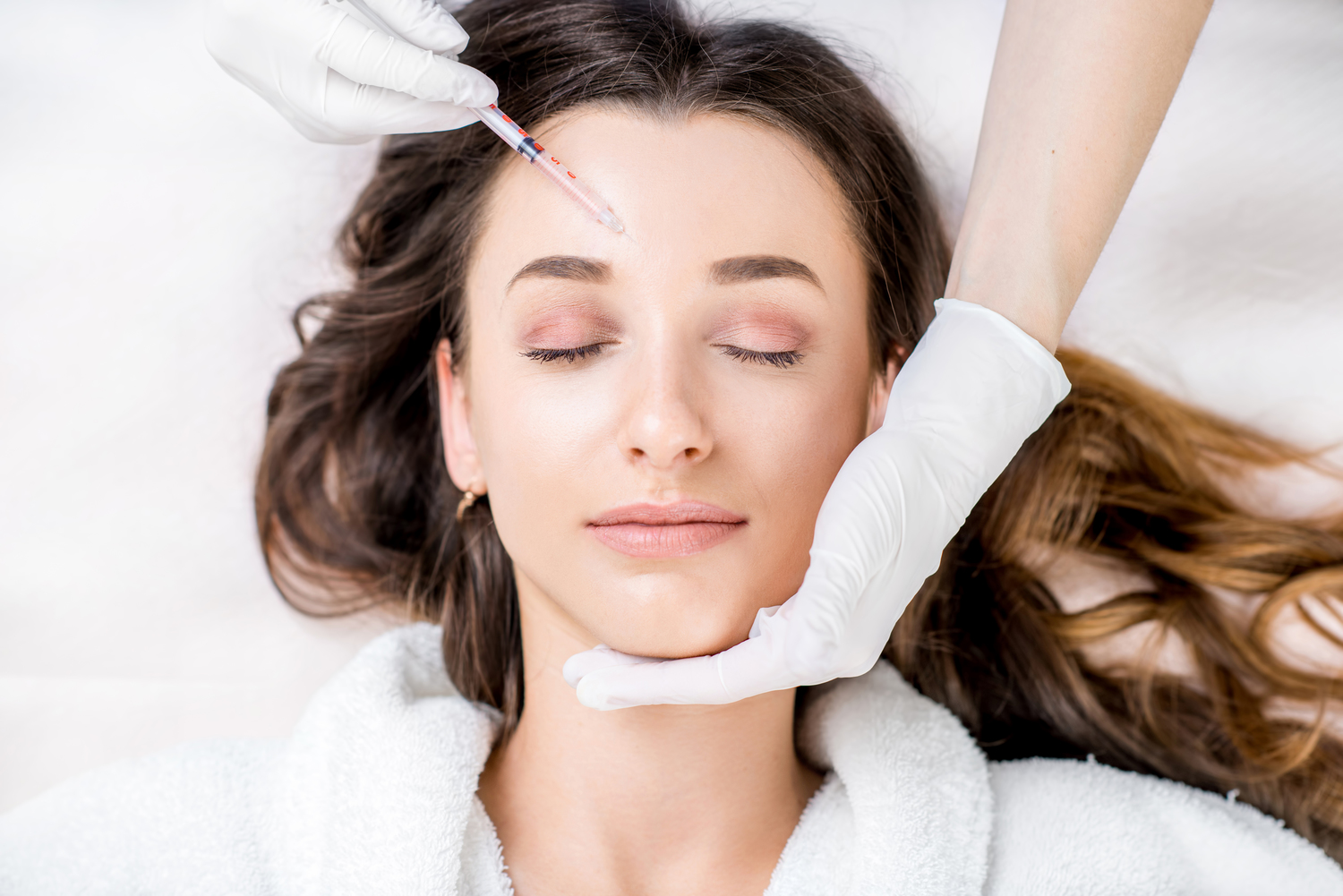
The Benefits of Using a Botox Migraine Specialist
Botox, or clostridium botulinum, is a neurotoxin. When consumed this toxin can induce a dangerous reaction that blocks signals and paralyzes the muscles via the nervous system. However, when injected by a professional at much lower dosages, botox is safely used for cosmetic purposes to reduce the appearance of facial wrinkles. According to the American Migraine Foundation, botox is also FDA-approved for the treatment of chronic migraines.
Here are the benefits of using botox injections to treat migraines:
1. Botox reduces severity and frequency of migraines
Doctors claim that botox works for treating migraine headaches because it blocks chemicals (or neurotransmitters) believed to deliver pain signals from the brain. In this way, botox works like a roadblock, impeding these brain chemicals before they reach migraine pain points such as the temples, forehead, or neck. Studies find that botox treatments reduce the severity and frequency of migraines by up to 50%. In fact, patients often report an increased amount of pain-free days between migraines. Additionally, nearly half of migraine patients reported less migraine frequency per month following only 2 rounds of botox shots.
2. Finding a headache specialist or neurologist
Currently, Botox is restricted to specialist headache centers in the U.S., under the guidance of the American Migraine Foundation (AMF). If you’re seeking a specialist to help you manage your migraine pain, make sure to seek out a board-certified practitioner who specializes in headache medicine. These physicians are able to properly diagnose headache disorders, including migraines, while providing the most effective treatment recommendations over the long-term. A certified migraine specialist will follow the PREEMPT protocol for administering botox injections, which adheres to FDA-approved injection guidelines for treating chronic migraine pain.
3. Botox injections for migraines
The idea of getting injections may seem intimidating. The treatment plan involves between 30 to 40 injections in the head, face, and neck area administered every 12-weeks. These injections are meant to dull or eliminate migraine pain in the areas most affected. The greater the pain point, the more shots administered to this specific area. Patients often report improvements within 2 to 3 weeks following treatment. Doctors will determine the amount of treatments based on your specific pain and health history. According to WebMD.com, patients report migraine frequency and amount of pain decreased by 70% after 5 botox treatments.
4. Create a pain plan for migraine prevention
Most migraine specialists will ask patients to keep a pain journal to help identify and avoid migraine triggers. This pain diary will keep track of migraine frequency, level of pain, symptoms, and common environmental factors at play during migraine onset. After identifying common migraine triggers, patients can adopt behavioral management techniques—such as stress reduction, dietary changes, relaxation and sleep aids, exercise, and more—to help them manage their migraines so they no longer interfere with quality of life.
Keep in mind that botox is not always effective in the treatment of migraines. Patients who experience less than 15 consecutive headache days per month should find a migraine specialist to recommend the proper treatment plan for managing cluster headaches, acute, and chronic migraines.



